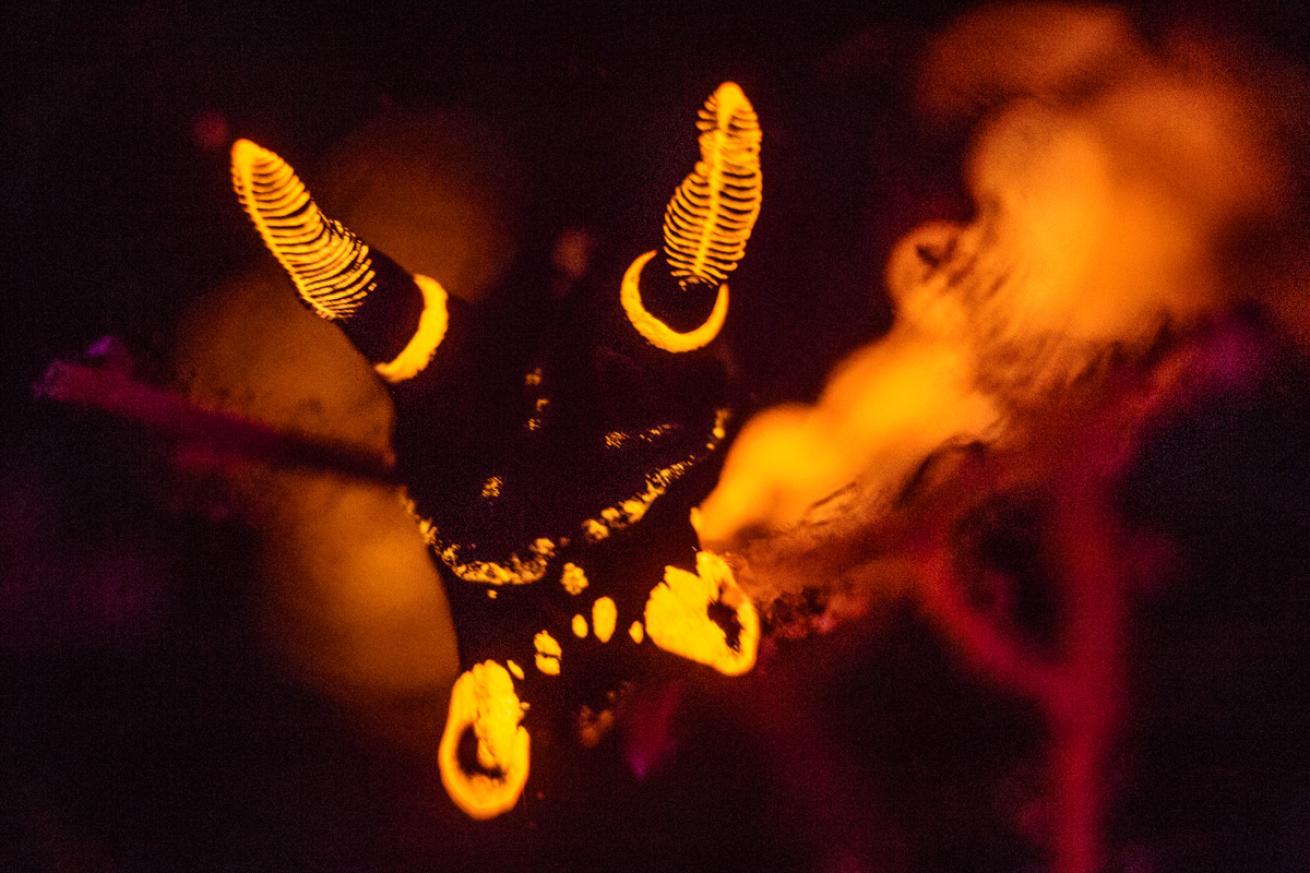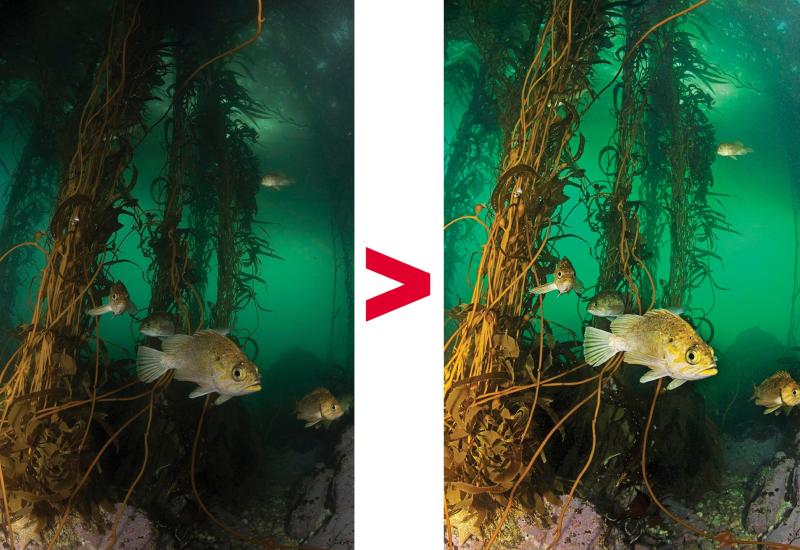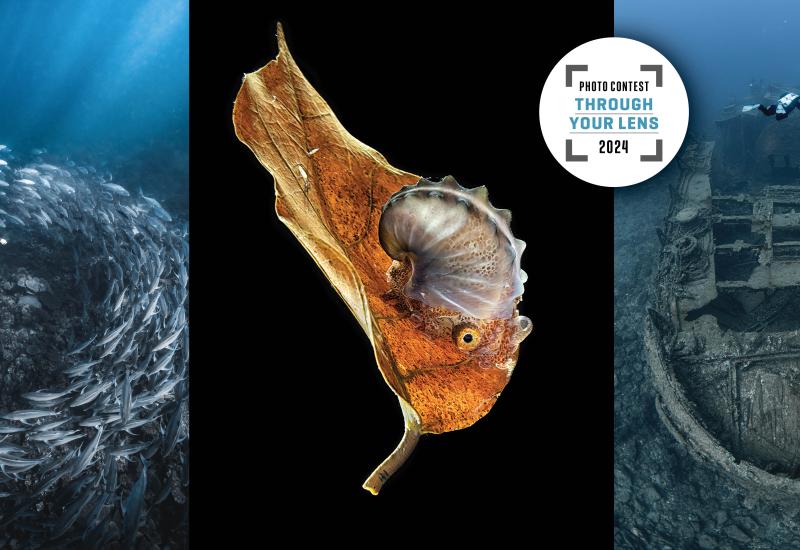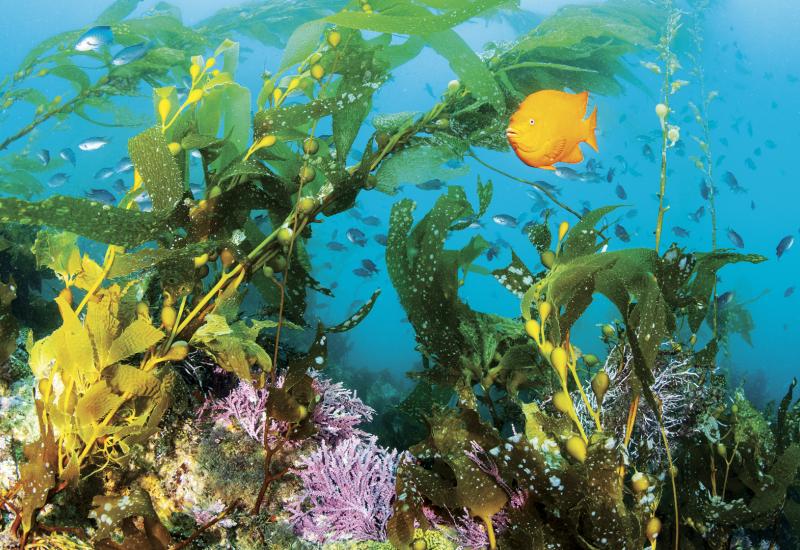How to Use Ultraviolet Lights in Underwater Photography

Brent DurandFluoro lights underwater photography.
Fluoro lights, often referred to as blue or ultraviolet (UV) lights, deliver the best results at night since the lack of ambient sunlight emphasizes the contrasts between dark reef and fluorescing marine life. The lens filter is easily attached to the front of the housing lens port, leading most photographers to focus on macro imagery. These filters block reflected blue light while allowing fluorescence to remain visible to the camera and eyes. The result is a crisp black scene with vibrant color—usually green, purple or orange. Photographers will often not wear the mask filter in order to see the entire reef in a gentle blue glow while also spotting fluorescing subjects.
Purchase Considerations
Most fluoro lights also feature a white light mode, for use as a primary dive, video or photo light. Besides power level, size and weight of the light, ease of use, battery and charging system, and run time at full power are all things to keep in mind.
Photo Best Practices
Fluoro photography doesn’t require strobes or any white light source. Fluoro lights are generally less bright than other sources and require a higher ISO to properly expose the image. Lowering the aperture and reducing shutter speed also bring more light into the camera. Look for strongly fluorescing subjects to make images pop. Bring the camera—and the light—close to the subject to increase the effective brightness of the light and hence the entire scene. Fluoro lights can also be used for creative lighting such as backlighting, making them a tool that remains in a shooter’s bag as they progress.










